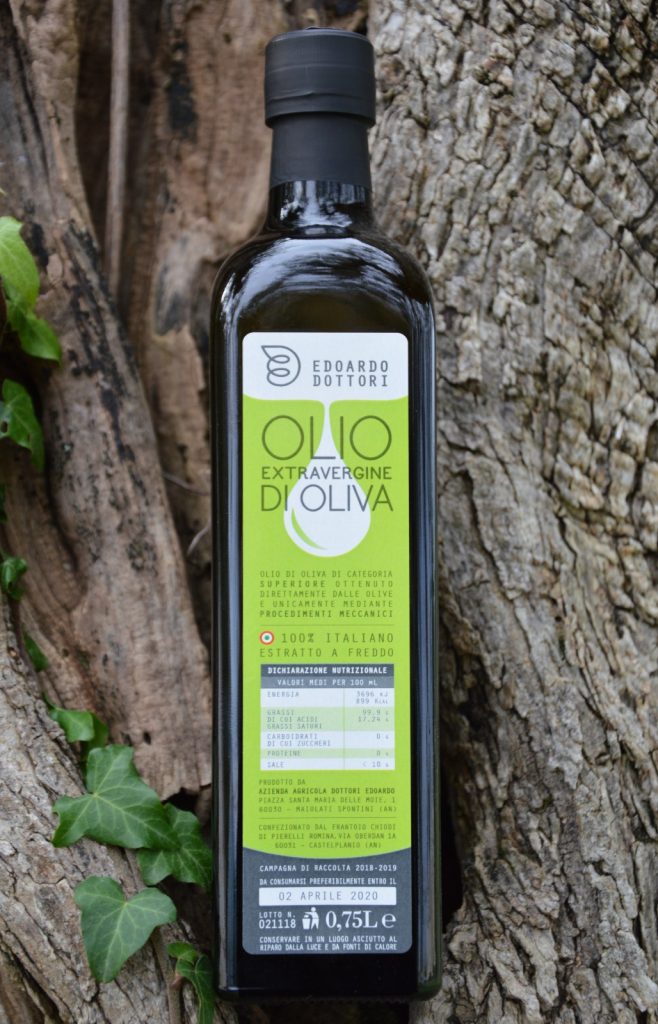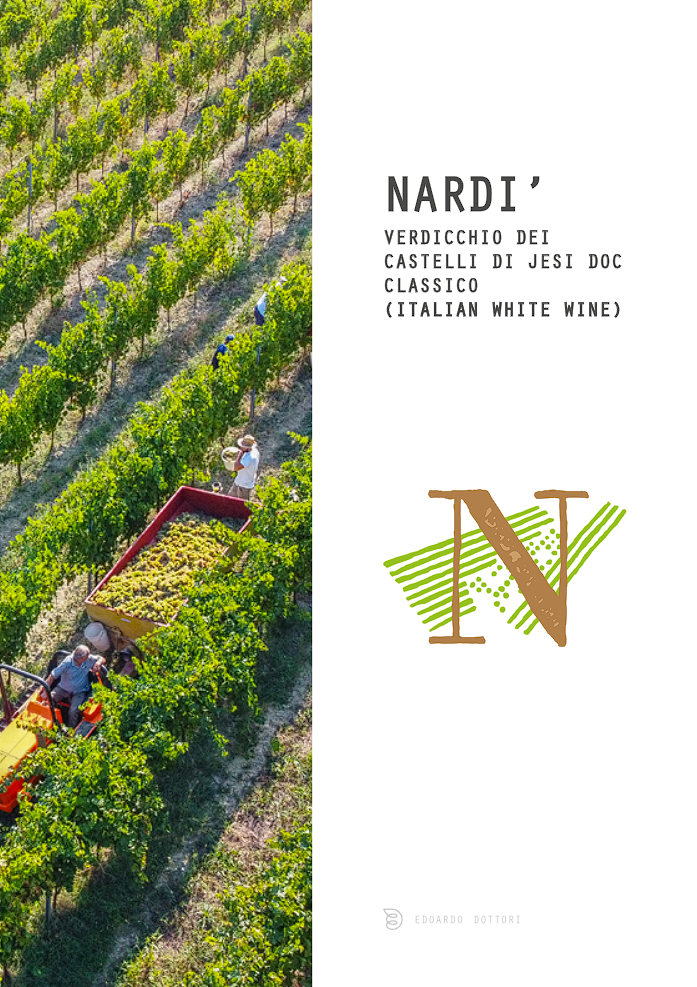
Grapes Varieties: Verdicchio 85%
Trebbiano Toscano and Malvasia 15%
Exposure: Southern exposure, vineyard located in Cupramontana at
285 meters above sea level
Soil: clayey soil
Management: Certified Organic Viticulture
Fertilizers: green manure
Soil management: natural covering
Harvest: late September – early October, manual harvest
Winemaking: Soft pressing of the grapes, cold static decantation,
spontaneous fermentation by indigenous yeasts. It ferments and rests for 6 months in steel on its fine lees, then matures in the bottle for at
least 6 months
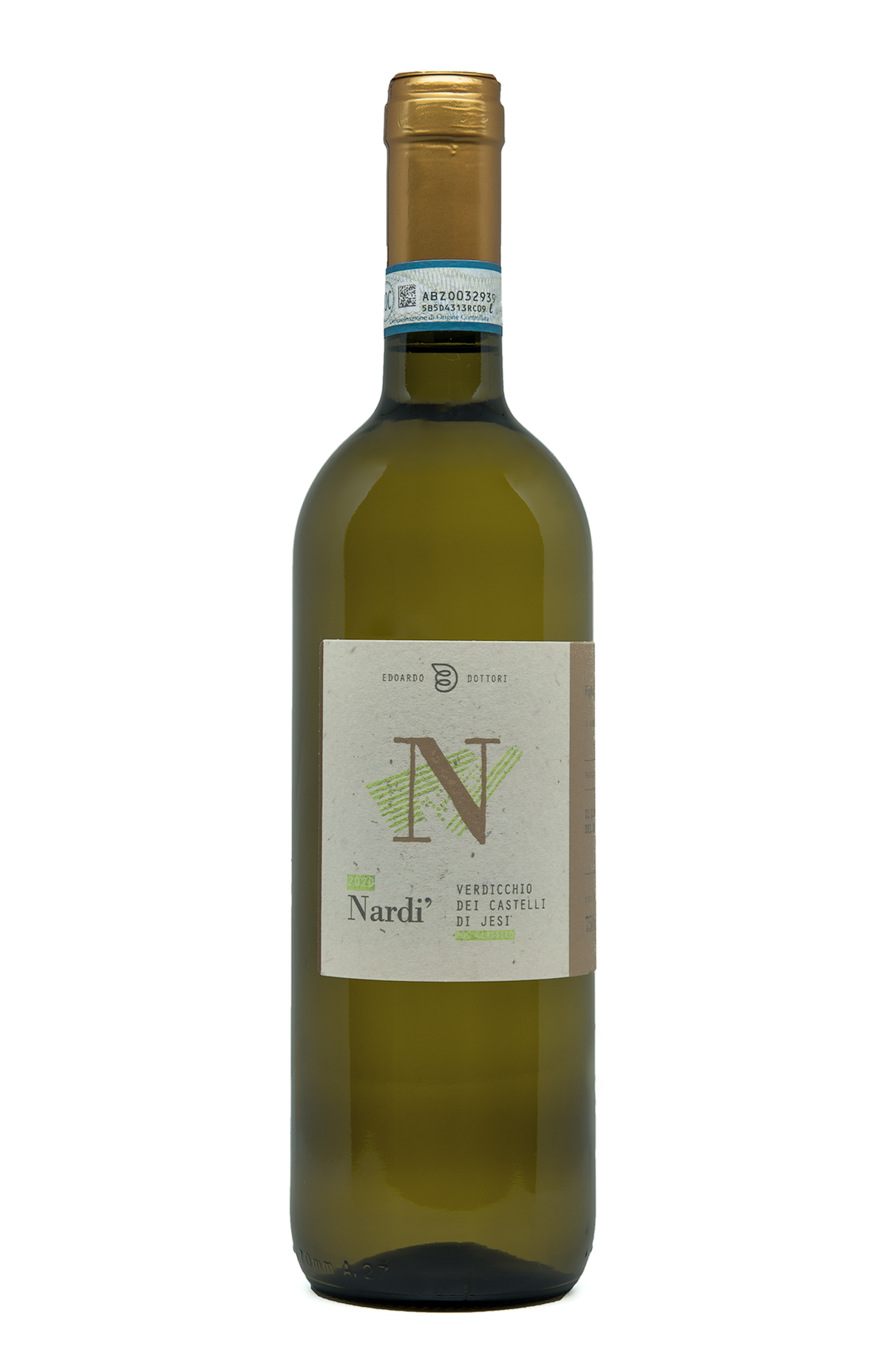
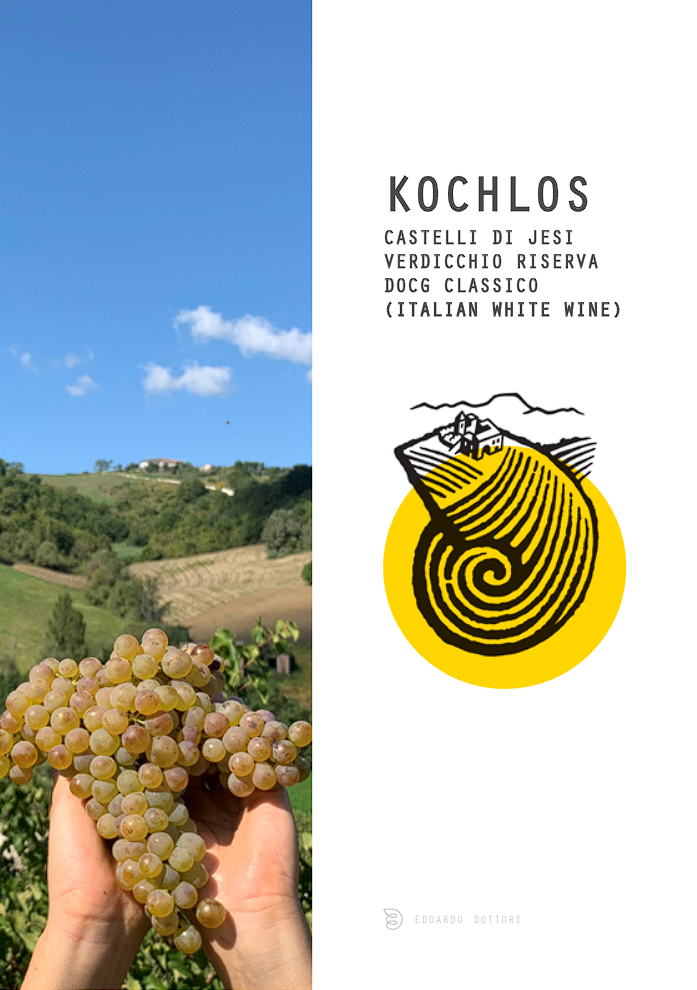
Grapes Variety: Verdicchio 100%
Exposure: North exposure, vineyard located in San Paolo di Jesi at 215 meters above sea level
Soil: clayey soil, rich in limestone and
skeleton, it was once a seabed
Management: Certified Organic Viticulture
Fertilizers: green mature and bovine manure
Soil management: natural covering and cover crops
Harvest: Early October – Late October, manual harvest
Winemaking: Soft pressing of the grapes, cold static decantation,
spontaneous fermentation by indigenous yeasts. It ferments and rests for one year in cement barrel on its lees, then matures in the bottle for
at least one year
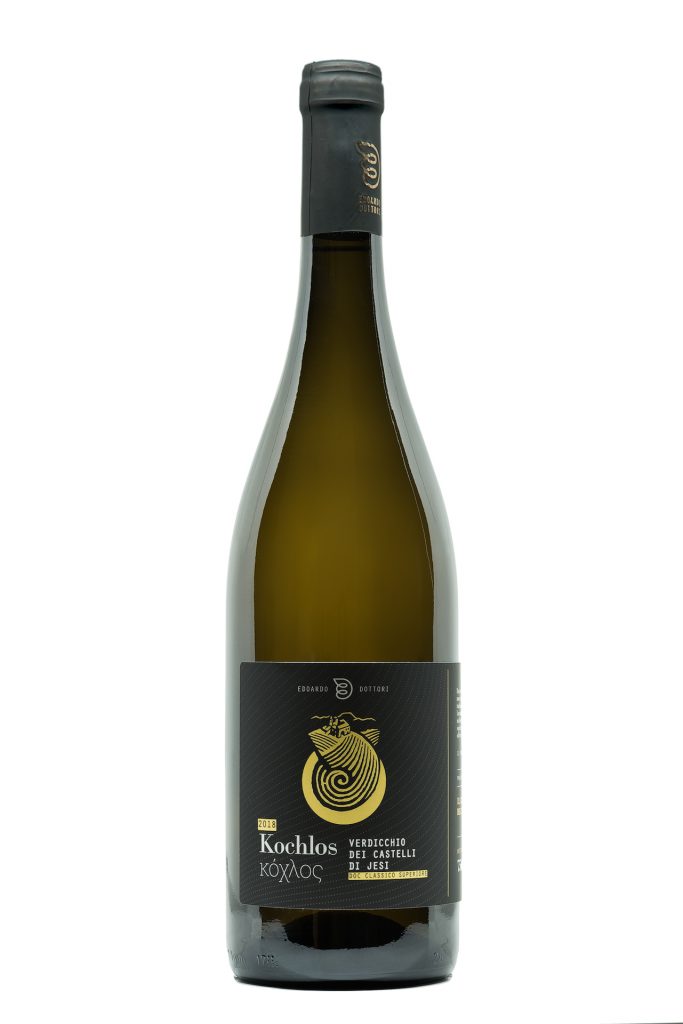
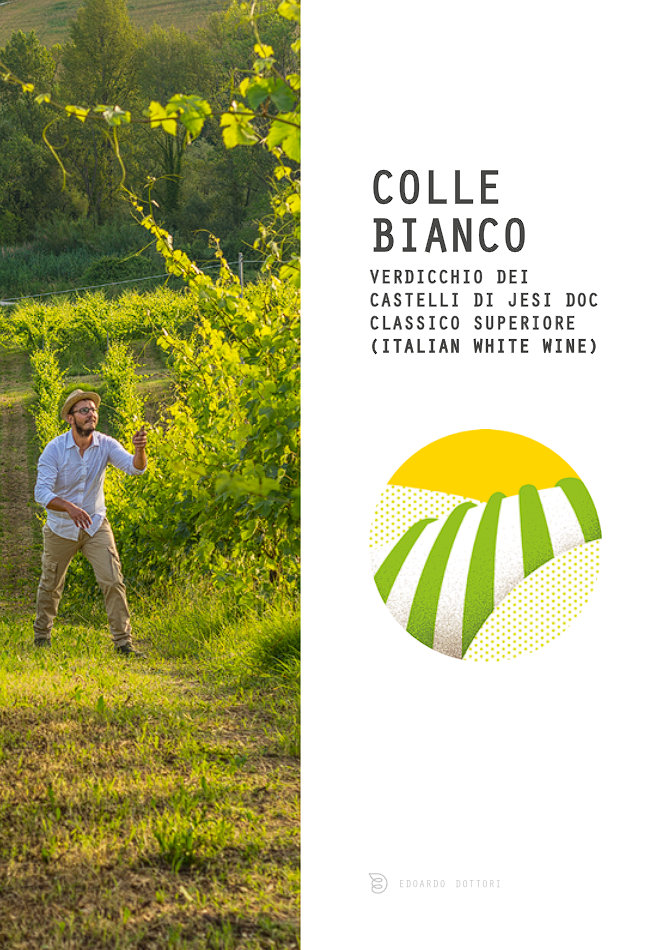
Grapes Variety: Verdicchio 100%
Exposure: North exposure, vineyard located in San Paolo di Jesi at 180 meters above sea level
Soil: clayey soil, rich in limestone
Management: Certified Organic Viticulture
Fertilizers: green mature and bovine manure
Soil management: natural covering and cover crops
Harvest: early September, manual harvest
Winemaking: Soft pressing of the grapes, cold static decantation, spontaneous fermentation by indigenous yeasts. It ferments and rests for 6 months in steel on its fine lees, then matures in the bottle for at least 6 months
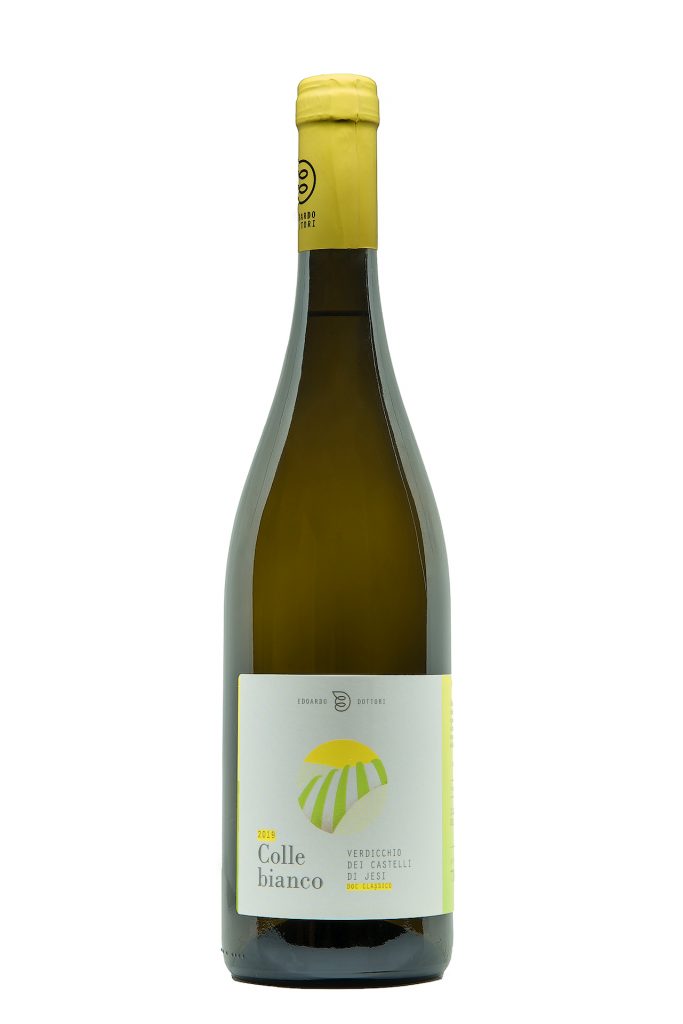
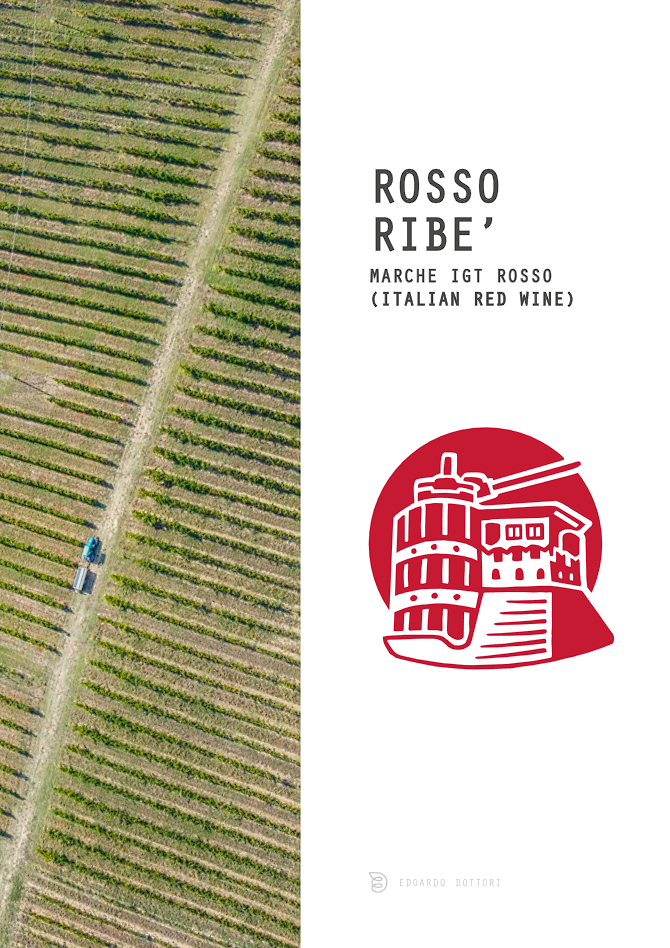
Grapes Variety: Montepulciano 100%
Exposure: South exposure
Soil: sandy soil
Management: Certified Organic Viticulture
Fertilizers: green mature
Soil management: natural covering
Harvest: Early October – Late October, manual harvest
Winemaking: Soft pressing of the grapes, spontaneous fermentation
by indigenous yeasts. It ferments and rests for one year in 54 litre glass
demojohn on its lees, then matures in the bottle for at least one year
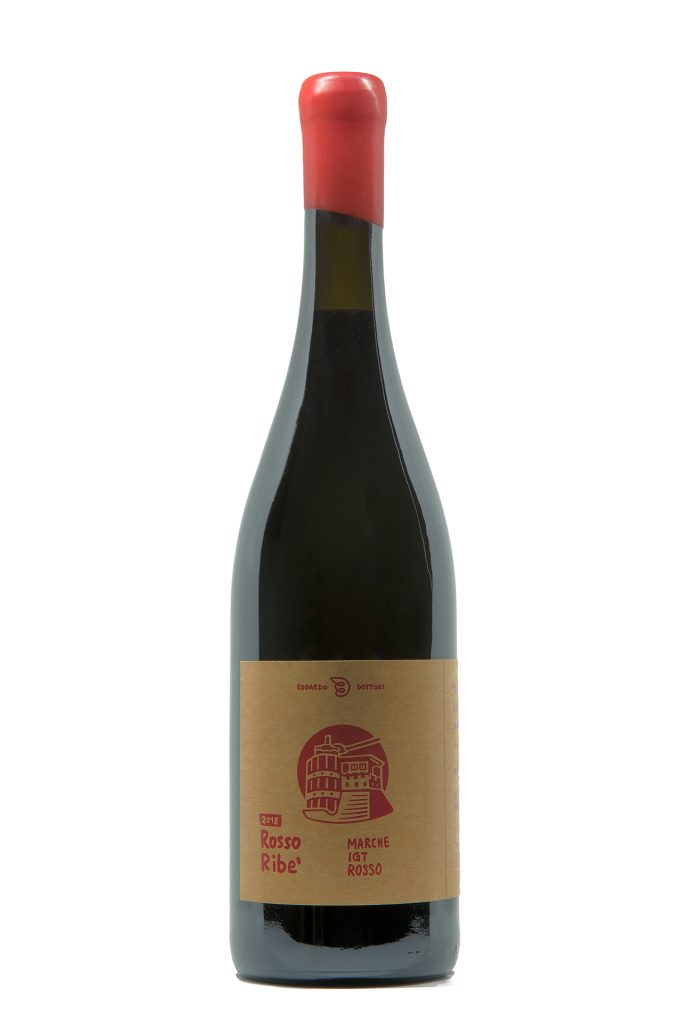
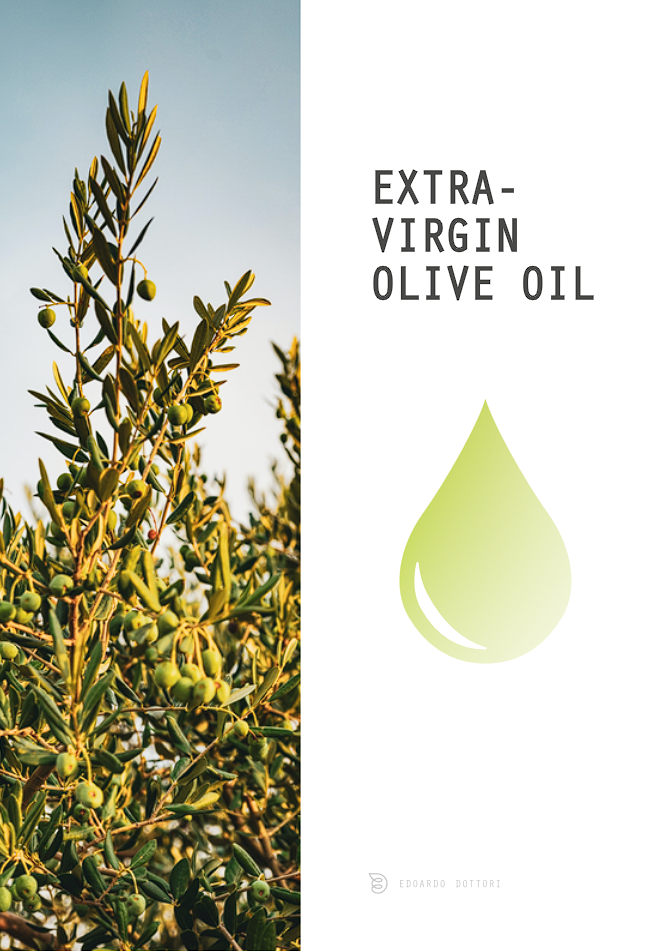
Olive Variety: autochthonous olive varieties grown in the Marche region
Exposure: South exposure, olive orchard located in Maiolati Spontini at 198 meters above sea level
Soil: sandy soil
Management: Certified Organic Oliviculture
Fertilizers: green mature Soil management: natural covering
Harvest: Early October – Late October, manual harvest
Extraction: cold extraction, olives pressed within 24 hours from the
harvest
